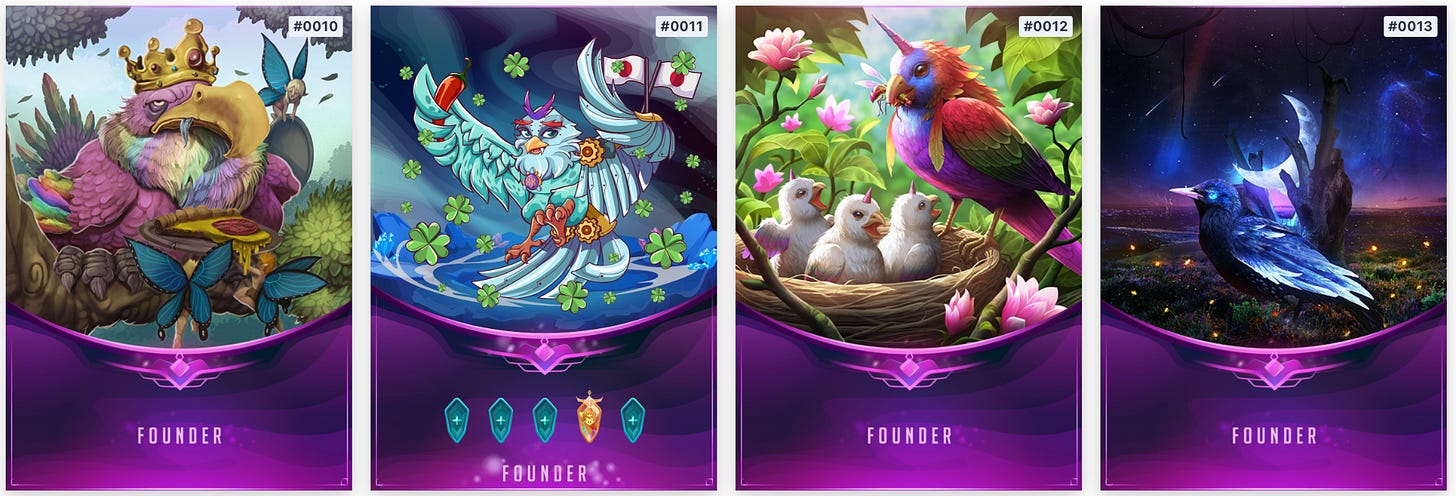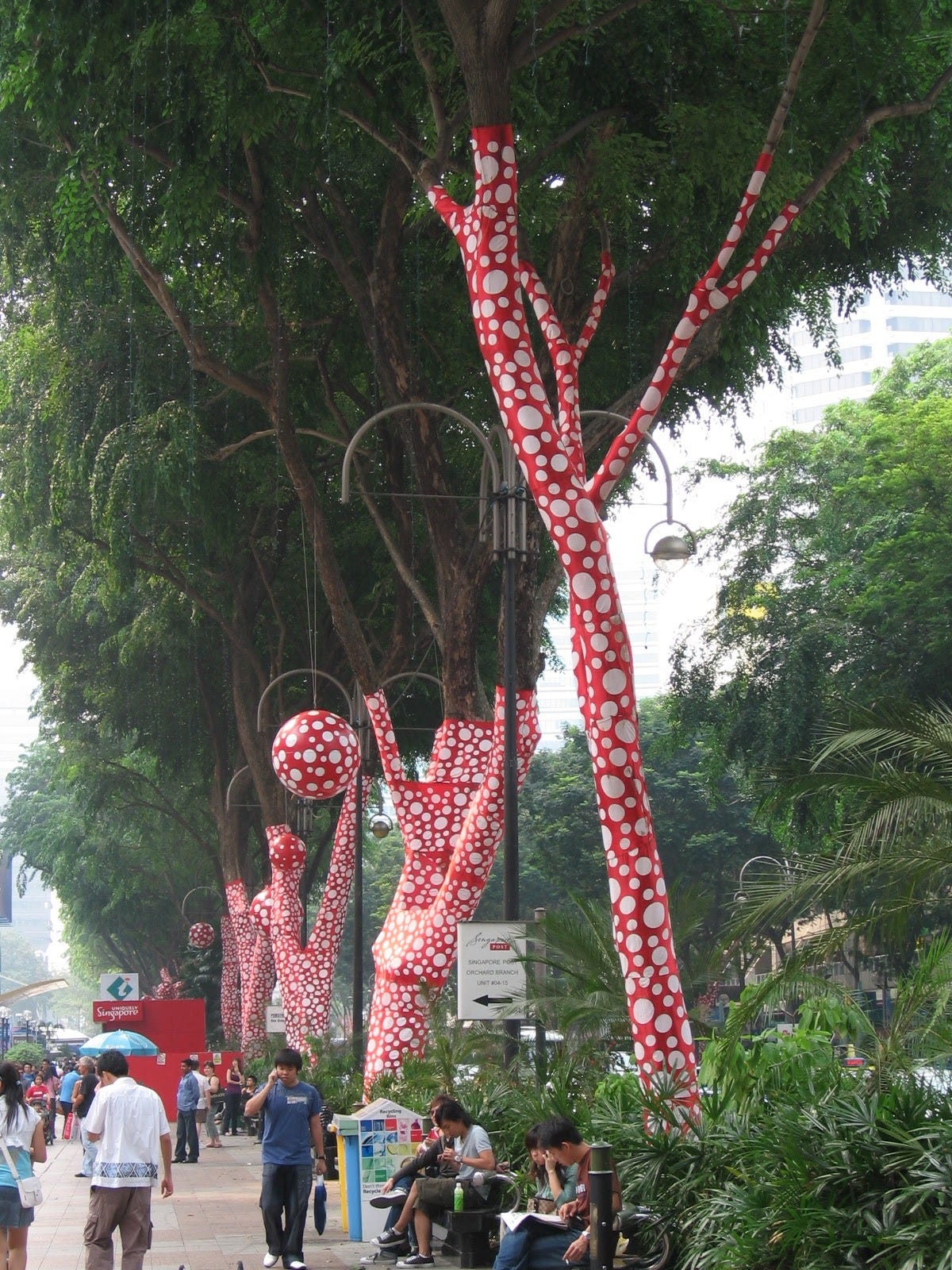Dot Pulse #5 — More about Kusama & XCM
Learn about what is Kusama, new farms and parachains, the XCM format and governance watcher! 📣
Welcome to Dot Pulse, your window into the Polkadot DeFi ecosystem.
If you’re a humble farmer looking to learn more about Polkadot’s DeFi opportunities, or even if you’re a seasoned DOT/KSM staker, this newsletter is the place to find all the latest events in Dot land.
Subscribe now to receive regular updates about Polkadot development, crowdloans and parachain auctions, new exciting DeFi projects, and anything else worth knowing about Polkadot.
We’ve been focusing a lot on Kusama in this newsletter, but we haven’t yet done a proper deep dive into what it is and how it’s different from Polkadot. Let’s fix that right away!
As we mentioned in the first installment, Kusama is Polkadot’s “canary” network. There’s a misconception floating around that Kusama is Polkadot’s testnet, and thus doesn’t deserve any attention. In reality, it doesn’t quite fall into a definition of mainnet or testnet, but it shares characteristics of both. Kusama is designed to have economic value and to be a fully functional parachain ecosystem. It is independent of Polkadot in most things, but it runs on the same technology stack. The “testnet” part comes from the fact that any update to Polkadot first passes through Kusama. The general sequence is Software release -> Testnet -> Kusama -> Polkadot.
As a fun aside, have you ever wondered why Kusama is named that way? It’s a tribute to Yayoi Kusama, a Japanese artist who frequently used polka dots as a central theme in her art.
Kusama serves a useful purpose in that it creates very realistic conditions that are essentially equivalent to the Polkadot mainnet. Since there’s real value involved, you can be certain that any new feature will be stress-tested just as much as it would on the “real” thing. Indeed, Kusama is itself “real” as there are multiple projects building Kusama-only parachains, and most Polkadot parachains have secondary deployments on Kusama.
The Kusama tech stack works just like Polkadot, so it’s the exact same runtime and the exact same Substrate-based development environment. It’s quite trivial for a team building on Polkadot to port their work to Kusama. The differences lie in a few key parameters, which essentially make it more nimble and adaptable. The biggest item is governance: referendums and motions have 7 days for voting and 7 days for execution. On Polkadot, the same things take 28 full days. Other than that, Kusama has a lot more validators (900 vs. 297) and a shorter maximum duration for parachain leases (11 months vs. 2 years). It is still just as quick as Polkadot in terms of overall performance.
The Kusama community
The technical differences don’t really do justice to Kusama as a whole. It’s not just a slightly different network, it's a separate community with a different spirit and ethos. It’s usually seen as the more chaotic and less VC-populated brother of Polkadot. That last part is a bit more anecdotal — in principle, KSM was distributed almost pro-rata to DOT buyers, which would include VCs as well. It’s possible that many funds sold it over time, as nobody seems to know who the KSM whales are.
It’s not just about the Gini coefficient, either! There are some organic KSM-only community projects, such as Kanaria by RMRK (a set of Kusama-themed NFTs). Kusama is also benefiting from being the first to go live, jumpstarting organic communities around parachains like Karura, Moonriver or Calamari.

The headstart is large enough that there are constant rumblings of Kusama maybe overtaking Polkadot in importance and activity. Kusama is made for experimentation, and we’ve seen the importance of that to Ethereum’s success. Only time will tell how the two networks will be perceived, but the key idea here is that there’s no technical reason why Kusama can’t be just as active as Polkadot!
KILT protocol was confirmed as the winner of parachain slot auction 6 thanks to its 220,000 KSM locked in since last week. The race is now between Basilisk and Calamari, though it definitely seems sea food is more popular these days. Calamari actually hit its effective cap of 200,000 KSM, after which no more project tokens will be awarded to contributors. The mismatch between this and the hard cap of 300,000 KSM has caused quite a bit of commotion in the community. The Calamari team is now urging everyone to stop locking their KSM in the crowdloan.
With Calamari likely to get slot 7, the front-runners for the remaining three slots are Basilisk (HydraDX), Altair (Centrifuge), Heiko (Parallel), Genshiro (Equilibrium) and Kintsugi (Interlay).
Basilisk is furthest ahead at 87,400 KSM, followed by Altair (47,500 KSM) and Heiko (36,200 KSM). These are the most likely to make it right now, but Genshiro (12,300 KSM) and Kintsugi (11,600 KSM) could still easily upset one of them!
Active Crowdloans
TL;DR: HydraDX’s Kusama chain (cross-chain DEX parachain) will grant you some HydraDX tokens for supporting the Snek. Also the earlier you get in the more tokens you receive.
TL;DR: Centrifuge’s Kusama chain (brings real world assets to DeFi) combines crowdloan rewards with a 1:1 CFG snapshot for existing holders.
TL;DR: Parallel Finance on Kusama (leveraged staking, lending) distributes up to 5% of max supply in the crowdloan.
TL;DR: The Equilibrium parachain on Kusama (DeFi lending, DEXs) reserves additional GENS if KSM falls in value or if it doesn’t secure the slot.
TL;DR: Interlay’s Kusama deployment (trustless BTC bridge) offers 10% of supply to crowdloan participants.
Active Farms
Earn KAR by staking into the KSM/kUSD and KAR/KSM pools on Karura DEX
Yields are now get 64% APR (or 90% with loyalty bonus) for KSM/kUSD farming, or 18% (37% with loyalty) for KAR/KSM.
There are some Moonriver farms that are starting to pop up. Please be aware that the following section is not vetted. Rug risk is high, fundamentals are basically absent. Proceed at your own peril.
Earn SOLAR in a classic Pool1/Pool2 arrangement, currently in excess of 2000% APR for the riskier pools.
Earn MOON in another Pool1/Pool2 set of farms. Reaching 3000% APR on MOON/USD pools right now.
You can find more potential farming projects in this list.
Gavin Wood, the founder of Polkadot, released an important article this week detailing the next major feature of Polkadot: Cross Consensus Message, or XCM.
XCM is a messaging format, not a protocol. It’s designed to provide a forward-compatible overlay that would allow blockchains, or even sub-blockchain systems, to communicate with each other across any arbitrary boundary. The format views blockchains as their own file systems, supporting nested directories that correspond to a particular subset of some larger system. An example is viewing parachains as “directories” of Polkadot, which contain individual addresses as sub-directories.
XCM messages thus specify the location for sending the message, and the specific instruction. Instructions can be arbitrary, but there are special provisions for sending or receiving assets across chains. XCM relies on the XCVM, or the Cross Consensus Virtual Machine, to execute all the various messages. The XCVM is hosted on a particular consensus system (e.g. the Relay Chain), and it processes instructions sent to it, which are essentially XCVM programs. These programs can modify either internal registers of the XCVM or the state of the chain hosting it, depending on the message.
So, what does XCM do, in practice? It enables cross-chain communication between arbitrary chains, setting a standard interface that can be then implemented by anyone using this format. Even more practically, it means you can easily send tokens across any blockchain that supports this standard. Instead of creating ad-hoc bridges for Ethereum, Cosmos etc., XCM makes it possible to just adopt the format and create a future-proof messaging system. In that sense, it’s quite similar in purpose to Cosmos’s IBC, a communication standard for blockchains.
XCM is approaching a production-ready stage, so it seems likely that we’ll see the first fruits of this work quite soon! After its release Polkadot will be considered finished, at least for now.
TL;DR: Bifrost runtime 0.8.4 added support for moving KSM to Bifrost and back.
TL;DR: Microsoft Japan will be helping startups building on Shiden with access to their suite of development tools.
TL;DR: Moonbeam will provide liquid staking for DOT/KSM through a partnership with Lido.
TL;DR: The project is enabling Secure Worker mining and staking with PHA.
TL;DR: Acala has secured a large DAO treasury with contributions from over 26,000 people.
TL;DR: HydraDX is setting up the HydraDX Council and overall project governance.
(Kusama) Referendum 132, executed to increase the time window to accept a HRMP channel to 3 days (from 2 hours).
(Kusama) Referendum 133, to reject Referendum 129. The previous proposal mistakenly lowered a message passing limit instead of increasing it. Referendum 129 was eventually overturned directly.
All info in this newsletter is purely educational and should only be used to inform your own research. We're not offering investment advice, endorsement of any project or approach, or promise of any outcome. This is prepared using public information and couldn't possibly account for anyone's specific goals or financial situation. Be careful and keep up the honest work!








